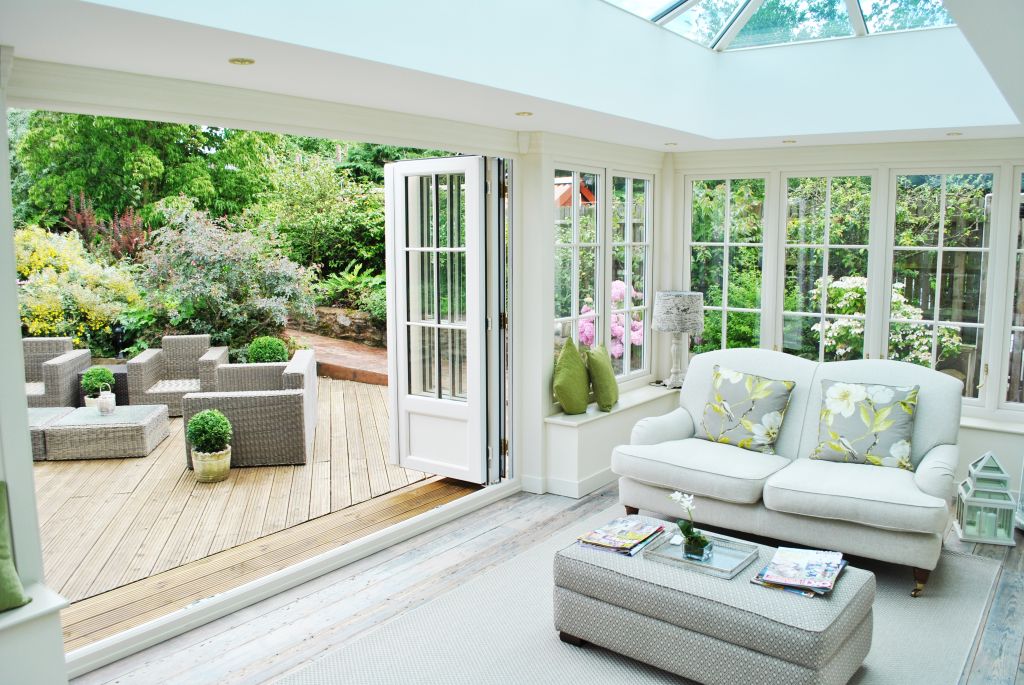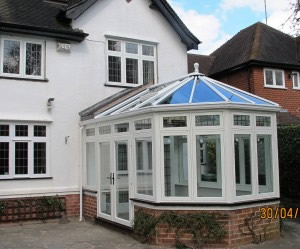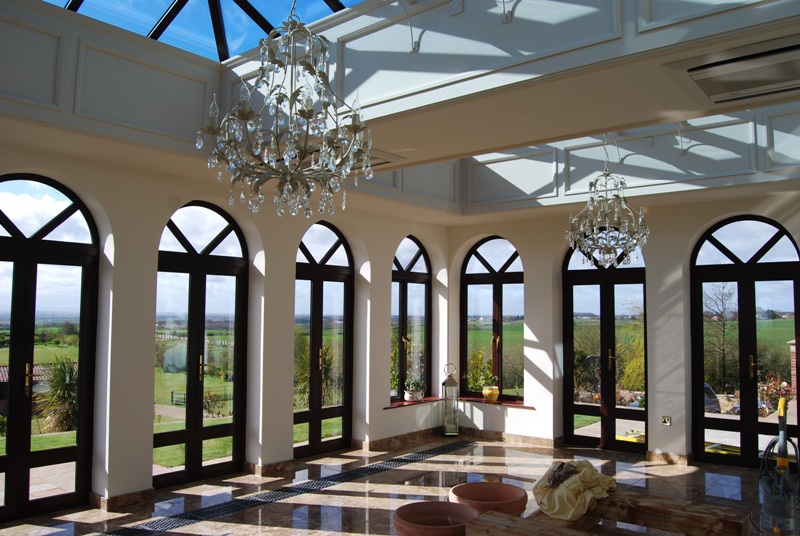“What is the difference between a conservatory and an orangery?”
It is a very common question that we get from homeowners. Here at Framemaster, we are always happy to help- we pride ourselves in providing the public with honest and accurate information about our products and how to improve your home. So, what’s the difference between a conservatory and an orangery? And what is an orangery used for? Find out everything you need to know today.
Orangery Conservatory Differences
What is an Orangery?

Origins
The orangery originated from Renaissance Italy, during the 15th and 16th century, with Italian nobility who were inspired by the architecture of their Roman heritage, growing citrus trees and other plants up the walls. It was suggested wealthy Italian nobles were to grow citrus trees within the grounds of their homes while protecting them during the harsh winter months while also being aesthetically pleasing.
The reason for this? Citrus fruits, such as oranges where it gets its names, was a very valuable commodity at the time and not easily bought. That is why it was considered a status symbol for nobles and wealthy merchants to be able to grow and have access such fruits whenever they desired. It was also considered very useful for entertaining guests, which to this day is still true.
Modern Day
Buy what is an orangery used for? Times have changed and the modern orangery is built as a fashionable extension to the home, creating a beautiful living space overlooking the garden. Built onto the side of the home, consisting of a brick and mortar structure with large windows. Adding an orangery adds a room that can easily transform a house through to a garden, bringing in natural daylight and sunrays too.
What is a Conservatory?

Origins
The conservatory originates from Europe during the 17th Century and, much like orangeries were used for gardening. At the height of Victorian England, there were a number of grand conservatories that were used for horticulture as large greenhouses and botanical gardens. The Syon House Grand Conservatory, part of Syon House is a prime example of such a conservatory. As the English middle class grew, these extensions became more common on homes.
Modern Day
The modern conservatory is an extremely attractive extension to homes. Whether you are interested making better use of spare space in your garden or reinvest in your property, a conservatory will add value to your home. A conservatory consists of a brick and mortar foundation with large glass panels and windows.
What’s the difference between a Conservatory and an orangery?
On the face of it, conservatories and orangeries sound even more alike than before. They both were originally built for horticulture and since became a beautiful extension. So what are the difference between the two?
The three main differences are
- The brickwork
- The glass
- The roof
An orangery consists of more brickwork, while conservatories do not use as much brickwork during construction and is mostly used for the foundation. Orangeries would have brick pillars and walls, supporting the roof rather than completely glass windows. However, conservatories are made up of mostly windows and a glass roof, with a brick base.
The roofs differ due to design. Conservatories tend to feature a fully glazed roof and sport a more traditional design with features such as turrets, eaves, and gables. An orangery would typically have a flatter roof, appearing more contemporary and modern. For architects and builders, the roof will be the biggest indicator whether your extension is an orangery or a conservatory.
As a living space, an orangery offers more protection and insulation while a conservatory accesses natural light better. Either one would make a fantastic extension to your home.
If you’re interested in either our conservatories or orangeries, please feel free to get in touch today or explore our conservatory or orangery selection online now.

